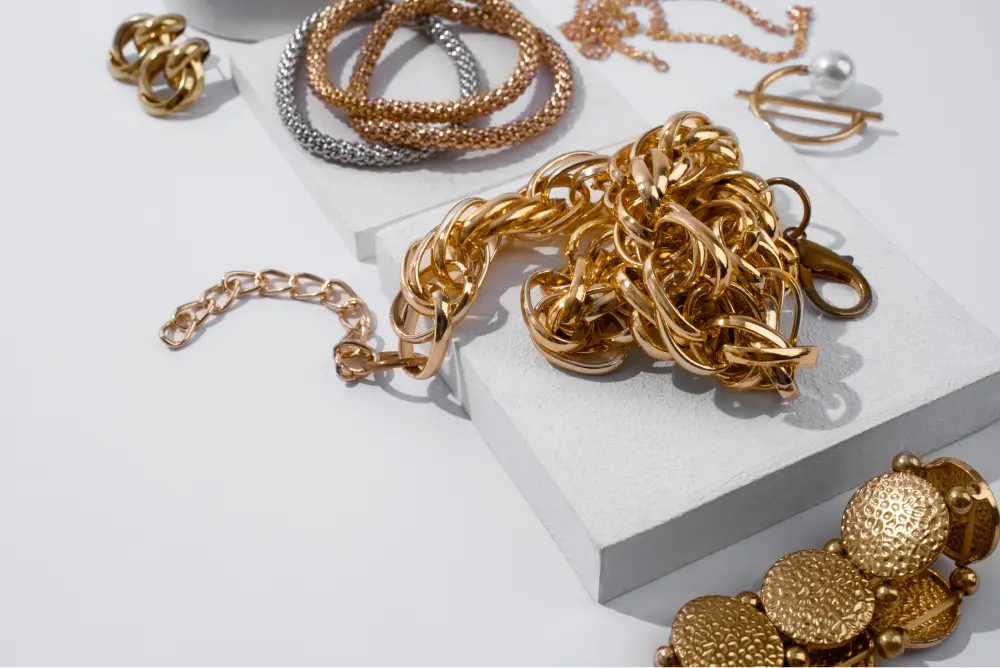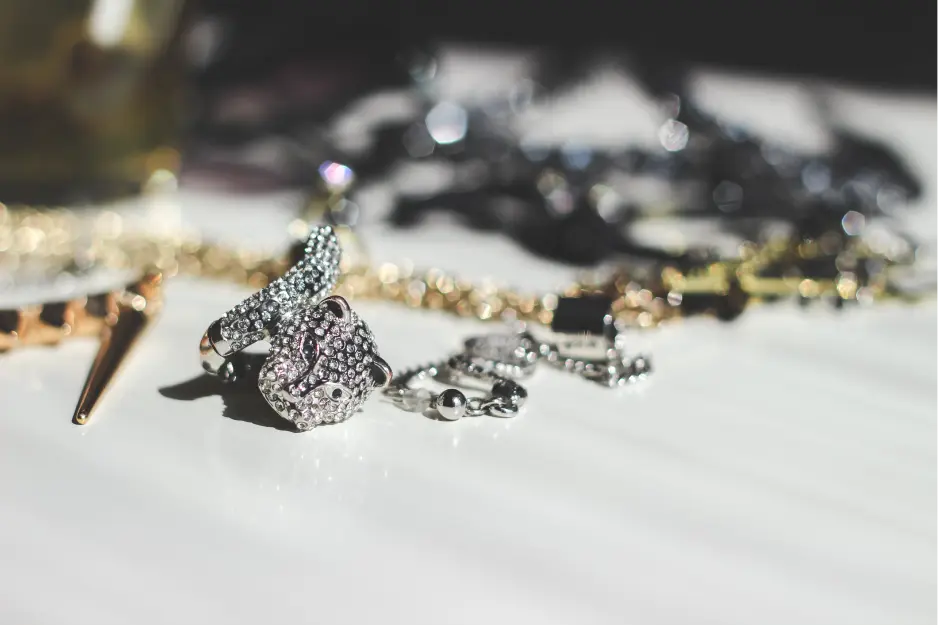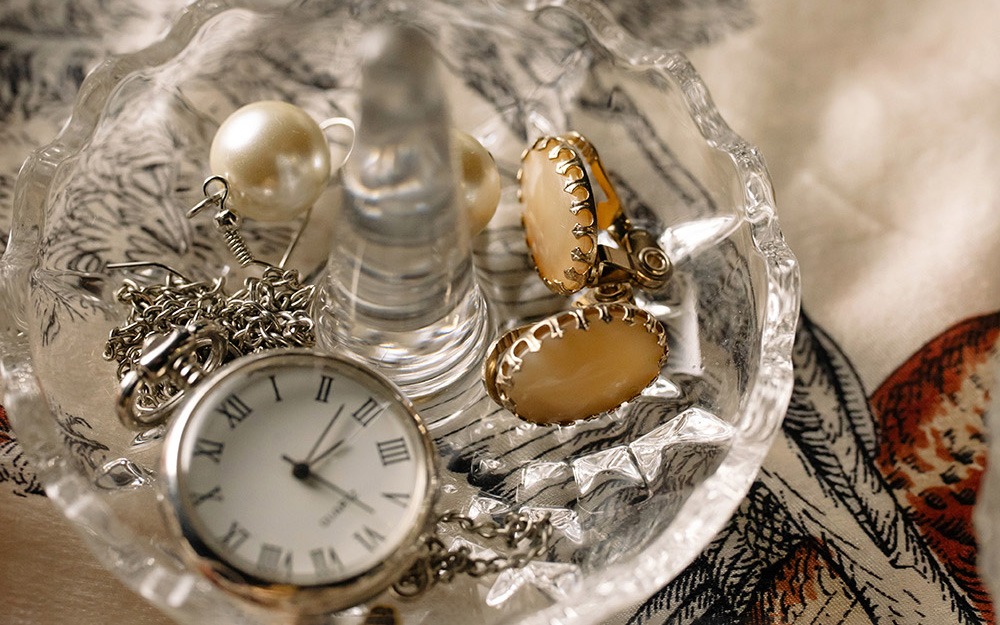Drahé kovy: Od nadčasovej elegancie až po moderné zázraky

Precious Metals: From Timeless Elegance to Modern Marvels
Throughout history, people have been fascinated by the allure of precious metals. Their enduring beauty, rarity, and inherent value have made them not only objects of desire but also symbols of wealth and prosperity. Among the most sought-after of these metals are gold, silver, and platinum. In this article, we embark on a journey into the fascinating world of precious metals, exploring their unique properties, historical significance, and roles in modern society.
The Cosmic Elegance of Gold
The cosmic elegance of gold, a chemical element with the symbol Au (from the Latin "aurum"), is a dense, soft, and malleable metal with a distinctive yellow color. It has a long history of use in artistic and decorative spheres, stretching back thousands of years. Due to its beauty and rarity, gold has been cherished by various civilizations, and its value as a symbol of wealth and power is unparalleled.
Gold, often referred to as the "king of metals," has been revered for millennia. Its golden hue adorns the crowns of rulers and the finest pieces of jewelry, symbolizing luxury and power. The beauty and malleability of gold make it an ideal material for crafting intricate adornments, coins, and artifacts.
Beyond its aesthetic appeal, the value of gold lies in its rarity. It is one of the rarest elements on Earth and its limited supply has made it a reliable store of wealth for centuries. Investors often turn to gold as a hedge against inflation and economic uncertainty, a role that remains relevant in today's financial landscape.
- Interesting Fact: Gold is so malleable that one ounce of it can be hammered into a thin sheet covering approximately 100 square feet or drawn into a wire over 50 miles long.
- More on Gold: If you are interested in a deep dive into the historical significance and cultural impact of gold, along with its fascinating uses across various sectors, readers can explore our article "The Enduring Allure of Gold: From Ancient Treasures to Modern Marvels."
The Versatility of Silver

Silver, represented by the chemical symbol Ag (from the word "argentum"), is a shiny white metal with high reflectivity. It is prized for its aesthetic appeal, leading to its widespread use in jewelry, cutlery, and decorative items. Throughout history, silver has also served as a form of currency in many societies and played a key role in international trade.
Although silver does not have the same level of fame as gold, it has its own charm and practical uses. Its brilliant white luster and availability make it a popular choice for jewelry, cutlery, and household items. Like gold, silver has been used as currency throughout history, and its role in monetary systems continues in some parts of the world.
- Interesting Fact: Silver has the highest electrical conductivity of all metals, making it an essential component in high-performance electronic and communication systems.
- More on Silver: If you are interested in the unique properties of silver and its role in shaping our modern technological landscape, you can dive deeper into our article "Silver: The Shiny Metal Powering the Digital World and Beyond."
The Purity and Rarity of Platinum

Platinum, represented by the chemical symbol Pt, is a dense, silver-white metal that was first identified and used by ancient cultures in South America. However, it wasn't until the 18th century that platinum gained recognition in the Western world. Its resistance to tarnish and corrosion, along with its beautiful appearance, has made it a sought-after material for luxury jewelry, especially engagement rings and luxury watches.
While platinum's discovery and use are relatively recent, its rarity and unique properties have earned it a prestigious status. Platinum is exceptionally dense, durable, and resistant to corrosion, making it ideal for jewelry and various industrial applications. One of platinum's defining characteristics is its purity. Unlike gold, which is often alloyed to increase its durability, platinum is usually used in its pure state. This purity, combined with its rarity, makes platinum one of the rarest and most valuable precious metals on Earth.
- Interesting Fact: The density of platinum is so high that a five-ounce block of platinum would weigh more than a full-grown rhinoceros!
- More on Platinum: Delve into the world of platinum's elegance and strength and its critical applications in industries such as automotive and medical, in our detailed article titled "Platinum: Unveiling the Metal of Precision and Progress."
The allure of precious metals such as gold, silver, and platinum endures through time and cultures. Their intrinsic beauty, rarity, and uses solidify their place in human history and society. While gold remains a symbol of wealth and power, silver and platinum have found their places in technology and industry, shaping our modern world in their unique ways.
As we admire the genius of these metals, it is important to recognize the delicate balance between their rarity and demand and to respect their significance and impact on the environment. Understanding the beauty and value of these precious metals allows us to appreciate their contributions to our lives and preserve their legacy for future generations to cherish.


